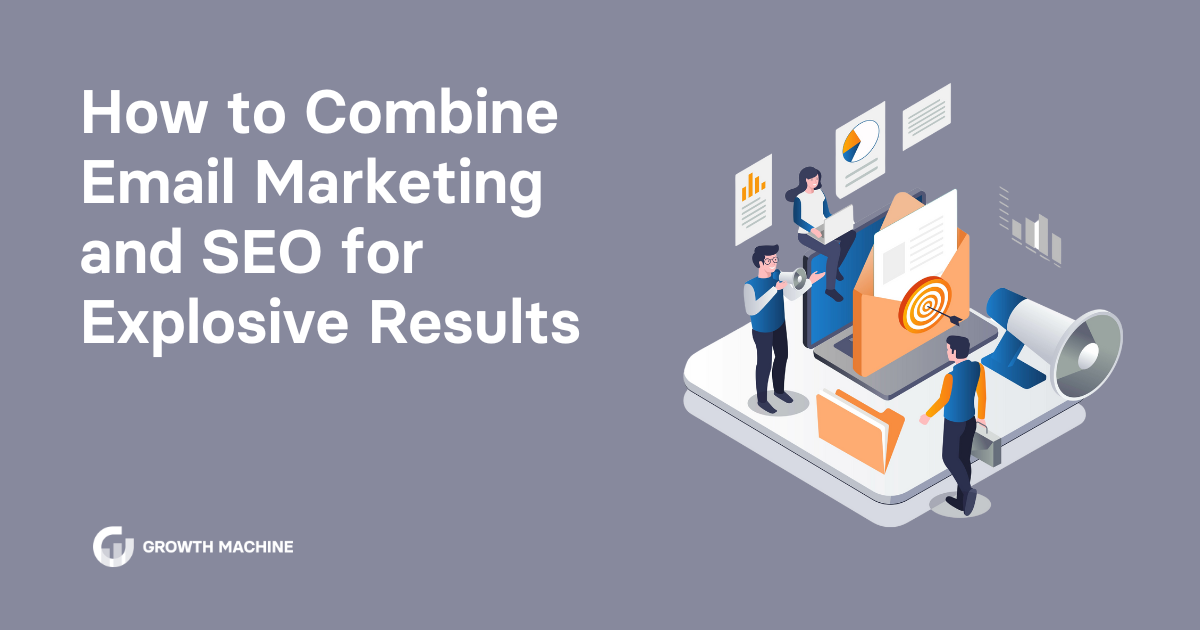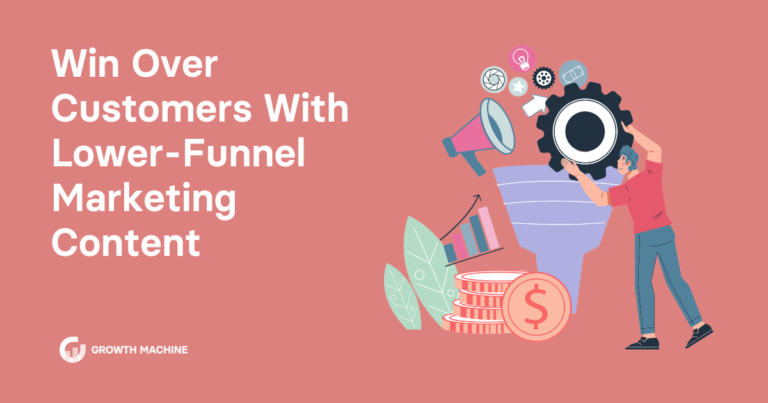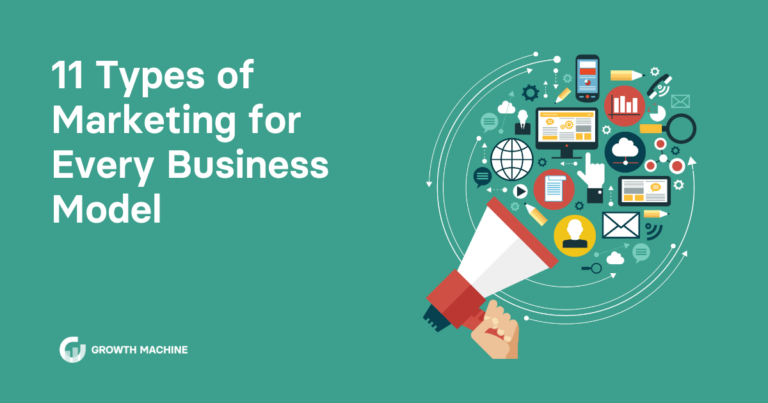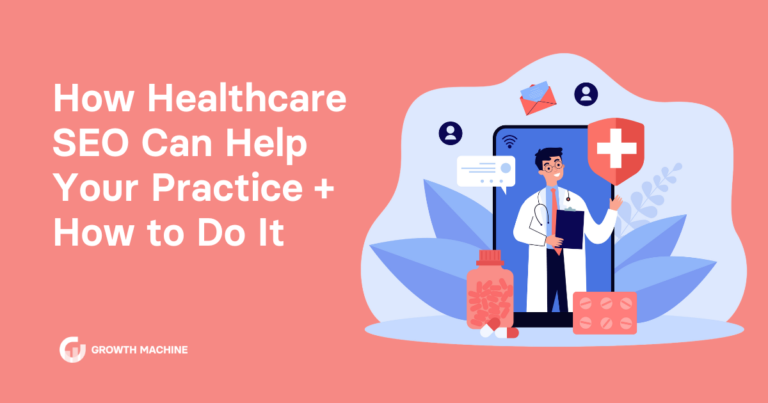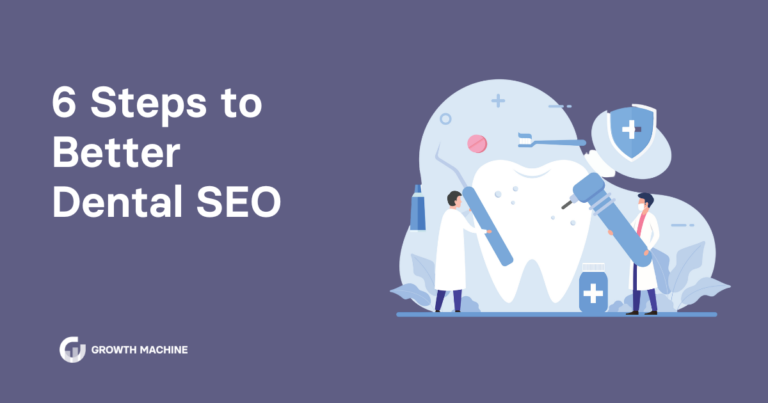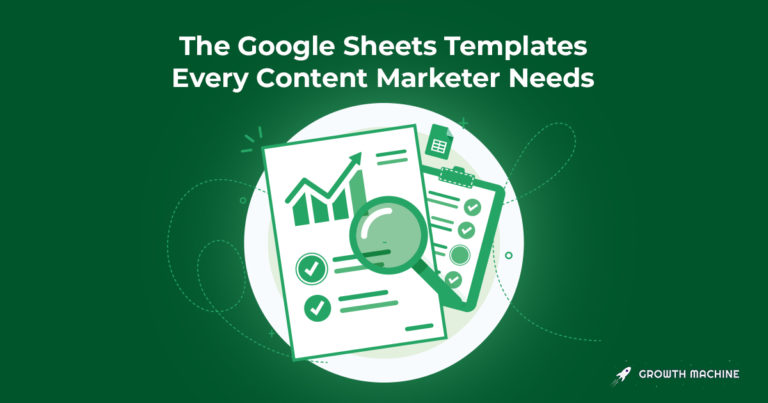How to Combine Email Marketing and SEO for Explosive Results
The great thing about digital marketing is that it makes your brand accessible just about everywhere. While separate disciplines like email marketing and search engine optimization (SEO) are technically separate, content marketing doesn’t happen in a vacuum.
Email marketing gives you direct communication with your most loyal fans, fostering one-on-one communication, while SEO focuses on boosting search engine rankings and your place in organic search. But with their powers combined, SEO and email marketing create a powerful synergy that improves brand awareness, increases conversions, and generates more value for less hassle.
Sure, email marketing and SEO are two different things, but they pair so well together that it’s a match made in digital marketing heaven. In this guide, we’ll explain how a well-executed email marketing campaign can play right into your SEO efforts, plus four actionable tips to maximize the value of combining email and SEO.
The Beautiful Synergy Between Email Marketing and SEO
We get it. You’re trying to focus on growing your business and might not have hours of extra time on your hands. Investing in both email and SEO might sound like too much, but these strategies have an undeniable synergy that’s not only amazing for your business, but easy to pull off (with the right approach, of course).
When combined, email marketing and SEO have a dramatic effect on:
- Brand awareness: A solid SEO strategy puts your brand front and center on search engine results pages (SERPs), but email can help get the word out even more. After all, folks have to be pretty interested in your brand to become email subscribers. Reaching this interested demographic with a timely newsletter could make a huge difference, keeping your business top of mind when it’s time for shoppers to make a purchase.
- Organic traffic: Email is a powerful tool for content distribution and amplification, helping you reach a wider audience and drive more traffic to your site. You don’t have to come up with new content all the time, either. Email newsletters are a prime opportunity to repurpose content, so get the word out on your latest articles, guides, and case studies.
- Search engine rankings: Email newsletters aren’t a search engine ranking factor, but they contribute to SEO indirectly. When email subscribers engage with your email content and click on links, it reduces bounce rates, increases time on page, and signals to search engines that your web pages provide relevant content to searchers. Search engines take note of that, which could improve your spot in Google search over time.
- The user experience: Email marketing gives you the power to segment subscribers based on order history, interests, demographics, and virtually any other data point. Email list segmentation makes it a cinch to personalize email marketing content, which improves the user experience. When you send resources to these target audiences, they’re much more likely to find your content interesting, leading to longer session durations. Taken together, that leads to a big boost in SEO juice, not to mention more conversions from interested site visitors.
The bottom line is that, while email marketing and SEO are different, they feed into each other. Aligning these digital marketing strategies creates a self-sustaining cycle of organic traffic and engagement that reinforces itself over time, turning your campaigns into an engagement automation machine.
How to Make the Most of Email Marketing and SEO
Email marketing and SEO are complex disciplines in their own right. Fortunately, you don’t have to be a marketing savant to leverage them. Follow these practical tips to optimize email marketing and SEO for maximum impact.
Optimize Email CTAs to Boost Organic Traffic
Calls to action (CTAs) tell your audience what they should do next. CTAs are staples on landing pages, but they’re also a must-have for any email newsletter.
In fact, a well-placed email CTA can have a tremendous impact on your SEO efforts by driving subscribers to a target web page. Search engines like to see traffic bumps, so the higher your email click-through rates, the better your SEO rankings will be.
Of course, you need to persuade people to click on your CTAs. Ditch generic language like “Click here” that doesn’t tell your subscribers what to expect. Instead, go with action-oriented phrases like “Read the guide” or “Get your freebie.”
But don’t let the fun end there. Optimize your landing page with additional internal links. This gives your subscribers more high-quality content to enjoy, boosts time on site, and tells search engines your site is worth visiting. It’s a win-win-win.
Distribute Evergreen Content With Newsletters
You work hard to create marketing content. Instead of letting blogs languish in obscurity, revive them with an email marketing strategy. Leverage email newsletters to promote evergreen content that’s always relevant. Not only do you save time by not having to write new copy, but you also drive traffic to your website for little added effort. Unlike time-sensitive posts, evergreen content remains relevant over time, providing ongoing value to your email subscribers and improving search engine rankings.
If you aren’t sure what content to promote, check your website, email, or social media analytics. Historical data will tell you which posts or topics your followers will find most interesting.
Leverage UTM Tracking to Measure SEO Impact
This next bit will sound a little technical, but stay with us here. UTM stands for “Urchin Tracking Module.” It’s a fancy way of saying you can add specific language to an email newsletter link, which allows you to track the effectiveness of each newsletter. With UTM parameters, you add snippets of text to the end of a URL so it’s easier to track performance metrics.
UTM tracking usually includes:
- Source: This identifies where the traffic came from, whether from social media or your email service provider.
- Medium: This data means the type of traffic, like email, social, or paid.
- Campaign: Not all UTM parameters include campaign data, but it’s helpful for understanding unique newsletter performance if you’re sending multiple emails at once.
You can also get more granular by tracking by content or term, but these three parameters are usually more than enough for basic tracking.
By adding UTM parameters to links within your email newsletters, you can track how much organic traffic and engagement your emails generate through Google Analytics. By analyzing which landing pages perform best and how email subscribers interact with your website, you can fine-tune your approach to maximize both SEO and email marketing marketing efforts.
You don’t need to know how to code to do this, either. Ask your email service provider about UTM tracking, and they’ll be happy to set you up.
Encourage Email Subscribers to Share and Link to Content
Both email marketing and SEO get a lift when subscribers share and link to your content. When subscribers forward your email newsletters, share blog posts on social media, or reference your articles on their own websites, it increases referral traffic and helps build backlinks, strengthening your site’s domain authority.
Of course, convincing your subscribers to share content is a struggle that’s as old as time. Every audience is different, but you can encourage more shares through:
- Incentives: Offer rewards like discounts, exclusive content, or giveaways for subscribers who share your content.
- Sharing buttons: Make it effortless for subscribers to share your email content by adding social media buttons directly in your email newsletters. Highlight shareable sections with pre-written social posts to make sharing even easier.
- Asking for responses: Ask subscribers to respond to emails with their own insights, success stories, or testimonials related to your content. Highlight subscribers who frequently share your content, whether through social shout-outs or special email features. When people see you recognize their contributions, they’re more likely to continue sharing and linking.
Algorithm-Proof Your Digital Marketing Strategy
Who says you have to choose between email marketing and SEO? This powerful duo creates a self-reinforcing feedback loop that drives traffic, boosts search engine rankings, and increases conversion rates. What’s not to love?
There’s no need to spread yourself thin. Follow the tips in this guide to maximize the value of both email marketing and SEO without overwhelming your internal team.
If you don’t have 10 hours a week to dedicate to digital marketing, email content, SEO, and everything in between, let the professionals take the reins. Growth Machine’s team of SEO pros handles everything from marketing strategy to content creation to provide the results you need with zero hand-holding. Contact Growth Machine to get more results from email marketing and SEO.

